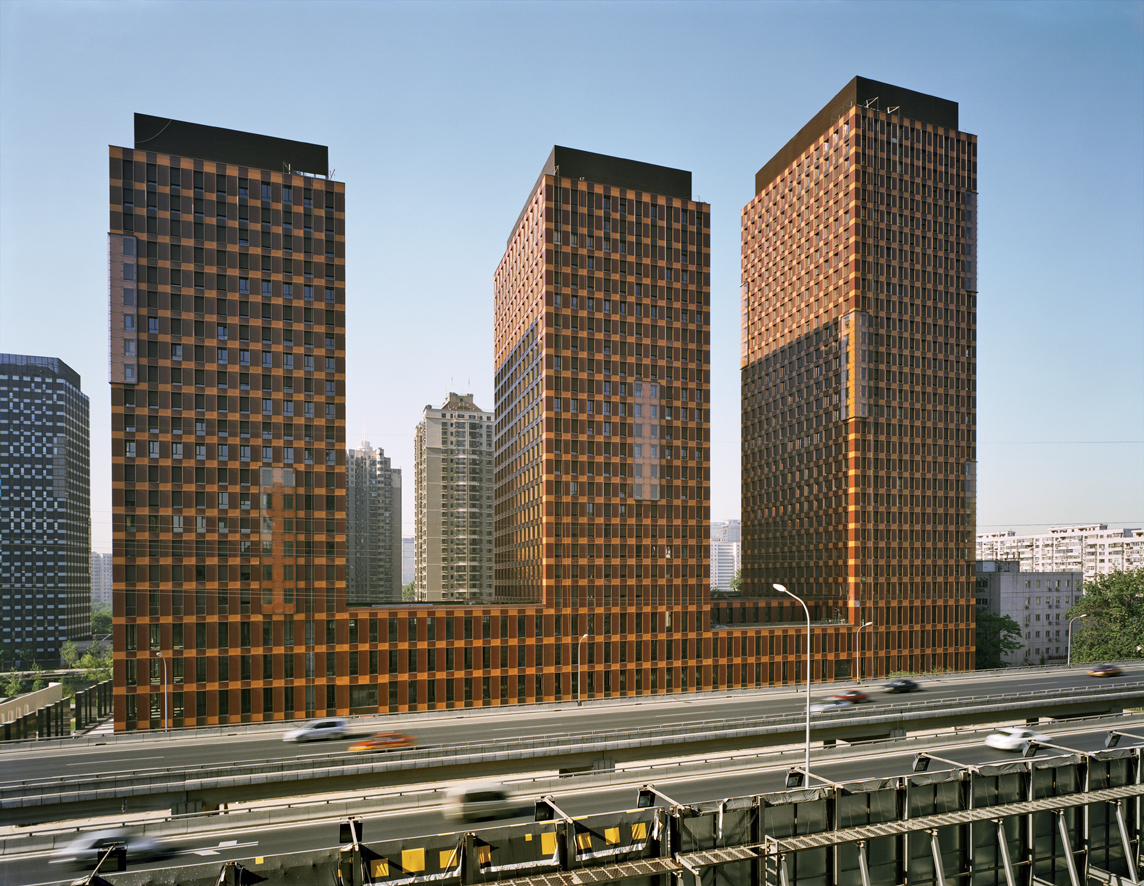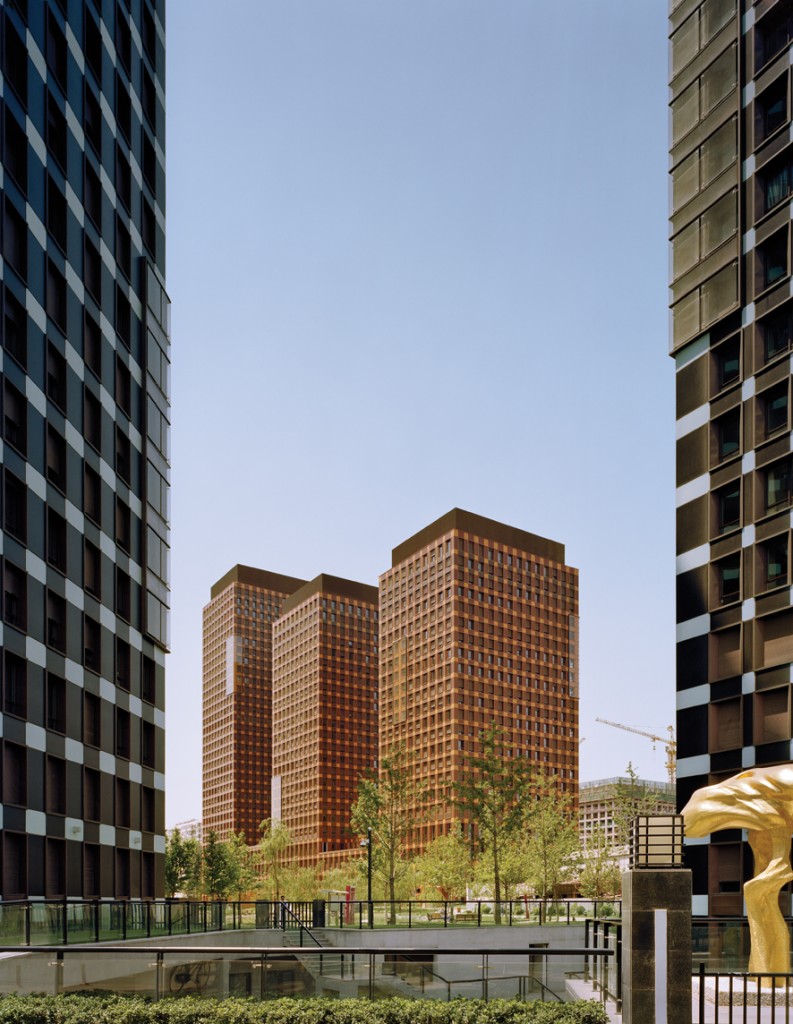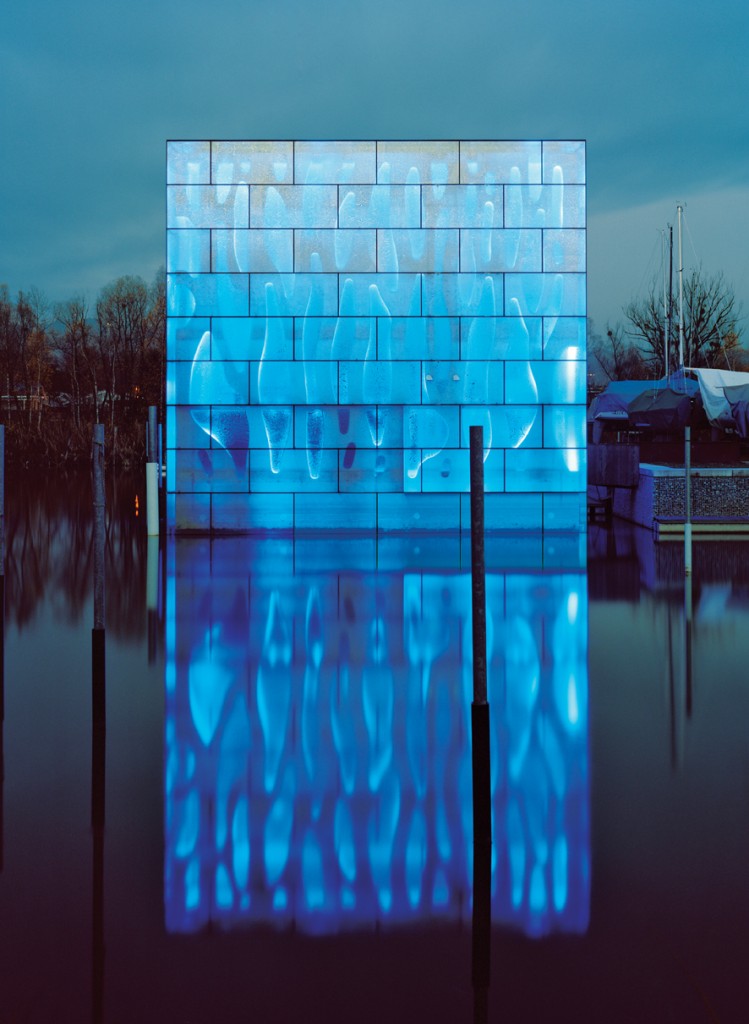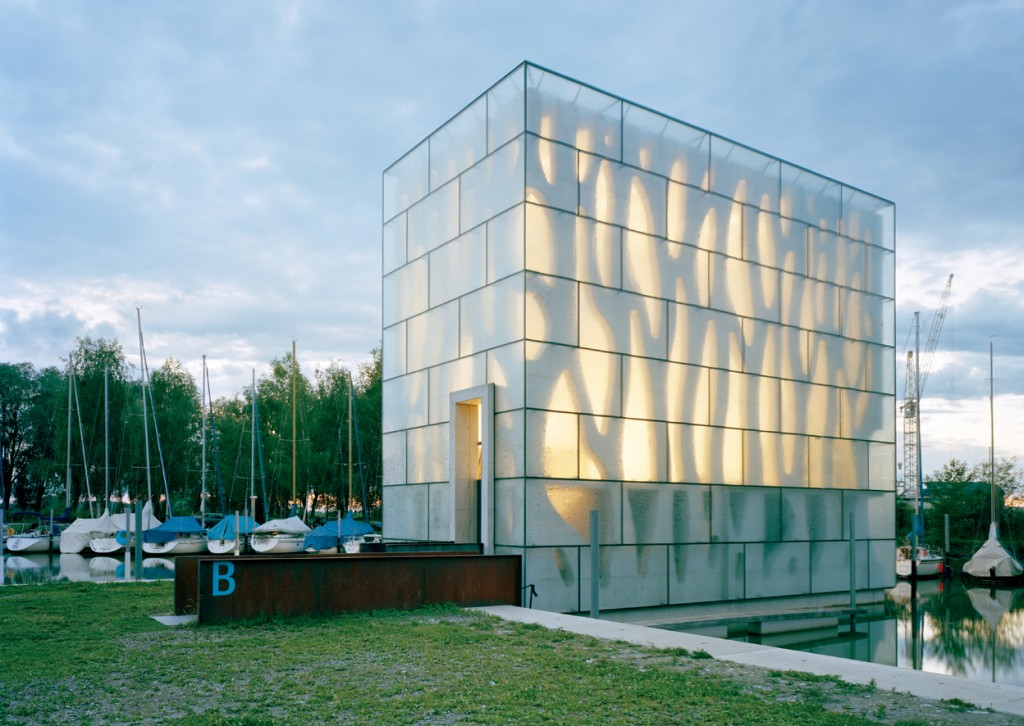For a quarter of a century one of Europe’s most exciting architectural practices has been putting their signature touch on a host of fascinating projects. Eight years ago Baumschlager Eberle (BE), who originated in the alpine country of Austria, opened an office in China’s capital Beijing.
To manage the growing demand for their increasingly sought after projects, a Hong Kong office opened in 2008. PRC recently spoke withLili Luizova, Business Development Manager at Baumschlager Eberle Hong Kong.
 BE’s first office was established in 1985 in Lochau, Austria. In the next years the BE group continuously expanded with offices opening in Vaduz, Lichtenstein (1999), Vienna, Austria (2001), Beijing, PRC (2003), St. Gallen, Switzerland (2006), Zurich, Switzerland (2007), Hong Kong SAR (2008), Berlin, Germany (2010) and Hanoi, Vietnam (2011).
BE’s first office was established in 1985 in Lochau, Austria. In the next years the BE group continuously expanded with offices opening in Vaduz, Lichtenstein (1999), Vienna, Austria (2001), Beijing, PRC (2003), St. Gallen, Switzerland (2006), Zurich, Switzerland (2007), Hong Kong SAR (2008), Berlin, Germany (2010) and Hanoi, Vietnam (2011).
“The practice was established as a general architectural practice, though from the very beginning on, BE’s philosophy revolves around regarding architecture as a holistic task, the complexity of which could only be considered as mastered if the emerging buildings fulfill all the demands of structural intelligence, ecological sustainability, economic efficiency and social approval. One of the basic purposes within the architecture of Baumschlager Eberle is the creation of sustainable buildings. To find solutions to the requirements of both present and the future is the primer idea in the work of Baumschlager Eberle.” 
“Obeying the belief that architectural concepts should essentially contribute to the sustainability of buildings, over 300 completed projects of different types and scale are evidence of the fact that economics and ecology in architecture do not generate contradictions – neither in small blocks nor in large complexes. The quality of the work of Baumschlager Eberle has been granted notable recognition and numerous awards.”
BE opened its first office in China in 2003, which was quite early for our industry. At that time the Chinese government started showing interest in green solutions and innovative, environmentally friendly designs. Prof. Eberle, as one of the leading figures in the field, was invited by government officials to give a lecture on sustainable building design and its future in China. This lecture lead to the first BE contract in China, with MOMA, The Modern Group, which resulted in a very fruitful collaboration with all together four successfully completed projects of over 450,000 m2.
The Hong Kong branch of BE was established in 2008. It was the successor of the Beijing office. The Hong Kong office of BE now acts as a central hub to run and manage the company’s projects and to force the establishment of the company in the region, as the Beijing office is a representative office only. BE are currently active in China, Hong Kong, Vietnam and South Korea and are looking for opportunities to set foot in Singapore, Malaysia and Taiwan.
 What signifies a great BE project?
What signifies a great BE project?
“Except for the unique design, there are a couple of important characteristics to distinguish a great BE project. BE’s style of planning is to approach architecture “from outside in” and it aims the creation of new buildings, which are economically, technically, environmentally and emotionally sustainable.
In our opinion, the first thing to consider before making the initial sketch is the location, the history, the surrounding as well as the local specifications, starting from culture and ending up with the climate conditions. After profound analysis of these factors, the emerging design is a critical reflection of what already exists but at the same time future- oriented and setting new standards.”
“We concern longevity as a crucial part of sustainability, so the BE project tries to be as neutral and flexible to adapt to future change of use as possible. The choice of materials used is also part of the BE signature. For our projects, we choose high-quality materials not only on behalf of their appearance, but also on behalf of their performance characteristics.
In that sense, BE’s projects truly fulfil the Vitruvius standard of “firmitas,utilitas,venustas” (solid, useful, beautiful) in architecture. We try to use local materials and implement local techniques in our projects. To reduce the building’s resources consumption to the minimum (primary energy for heating and cooling, water, electricity), BE’s buildings are distinguished through the optimal relationship between envelope, load-bearing structure and building services. 
Such an optimal relationship could only be achieved if all the teams involved in the design and construction of the building work closely together from the very beginning on. BE sees itself as a (leading) part of the team of architects, engineers, landscape architects and, last but not least, the client. ”
A sustainable outlook
“What mostly distinguishes the BE projects from other developments is the ”aesthetic- social” approach towards sustainability. At the end, a great BE project creates identity for the location and the people, not for the architect. “Green” and “sustainable” when referring to architecture should not be mere marketing strategy, but should incorporate the belief of creating values of true  significance. Unfortunately, both terms have been widely misused. BE stays for authentic environmentally, economically, socially and aesthetically sustainable design. And we hope we would be able to prove this as the right direction for the future.”
significance. Unfortunately, both terms have been widely misused. BE stays for authentic environmentally, economically, socially and aesthetically sustainable design. And we hope we would be able to prove this as the right direction for the future.”
It is obvious that BE strives to influence and to be part of the transformation of the “ad hoc” architecture which they see emerging throughout Asia today, into that which is more respectful to the existing urban context and more sensitive and adjustable to the changing lifestyle and arising future demands for intelligent landmarks.
With current projects in both planning and construction in Hong Kong, Shanghai, Shenzhen, Sanya, Seshan and Foshan, it won’t be long before BE’s indelible portfolio of solid, useful and beautiful projects has become ubiquitous on the Chinese architectural landscape and beyond.












